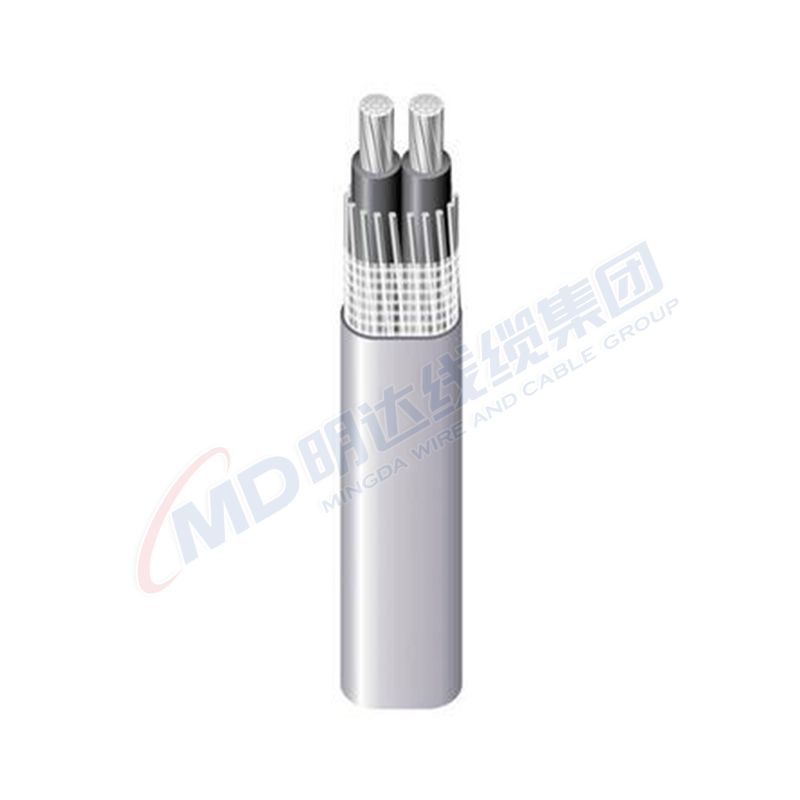Ное . 17, 2024 23:50 Back to list
Exploring the Benefits and Applications of Casting Ball Valves in Industrial Settings
Understanding Casting Ball Valves An In-Depth Overview
Casting ball valves are integral components in various industrial applications, providing reliable performance in fluid control systems. Known for their durability and efficiency, these valves operate on a simple yet effective mechanism that allows for quick and precise control of liquid and gas flow. In this article, we will explore the construction, working principle, advantages, and applications of casting ball valves.
Construction and Features
Casting ball valves are typically made from high-quality materials such as stainless steel, carbon steel, or brass, which ensure longevity and resistance to corrosion. The key component of the valve is the ball—a spherical element with a hole through its center. This ball is mounted between two seats within the valve body, allowing it to rotate within the flow path. The design encompasses an outer body, end connections (such as flanged or threaded ends), and often a handle or actuator for operation.
The precision with which the ball is manufactured plays a crucial role in the valve’s performance. A well-cast ball will have a smooth surface and a perfect spherical shape that minimizes friction and wear over time. Additionally, the seats are usually made of softer materials like PTFE or rubber, which form a tight seal around the ball to prevent leaks when the valve is in the closed position.
Working Principle
The operation of a casting ball valve is straightforward. When the valve handle is turned 90 degrees, the ball rotates within the valve body. If the hole in the ball is aligned with the inlet and outlet ports, the valve is in the open position, allowing fluid to flow freely. Conversely, when the ball is rotated to a position where the hole is perpendicular to the flow path, the valve is closed, stopping the flow completely. This simplicity in design contributes to the ball valve's reputation for reliability and ease of use.
casting ball valve

Advantages of Casting Ball Valves
One of the primary advantages of casting ball valves is their ability to provide a tight seal, which is essential in preventing leaks in critical applications. Furthermore, these valves require minimal maintenance and have a long service life, making them cost-effective in the long run. Their design allows for full flow through the valve, minimizing pressure drops and increasing efficiency.
Additionally, casting ball valves can handle high-pressure and high-temperature conditions, making them suitable for a wide range of applications, from oil and gas pipelines to water treatment facilities. Their quick operation is another significant benefit, as they can be opened or closed within seconds, allowing for rapid adjustments in flow control.
Applications
The versatility of casting ball valves makes them popular in various industries. They are commonly used in oil and gas, chemical processing, water treatment, and HVAC systems. Moreover, these valves are essential in residential plumbing and irrigation systems, where control over flow is critical.
Conclusion
In summary, casting ball valves are vital components in the realm of fluid control, characterized by their simple operation, durability, and effectiveness. As industries continue to evolve, the demand for reliable valves that can withstand challenging conditions will likely keep casting ball valves at the forefront of engineering solutions. Understanding their construction, working principles, and applications is essential for engineers and technicians seeking to optimize fluid systems in their respective fields.
Share
-
Reliable Wafer Type Butterfly Valves for Every IndustryNewsJul.25,2025
-
Reliable Flow Control Begins with the Right Ball Check ValveNewsJul.25,2025
-
Precision Flow Control Starts with Quality ValvesNewsJul.25,2025
-
Industrial Flow Control ReliabilityNewsJul.25,2025
-
Engineered for Efficiency Gate Valves That Power Industrial PerformanceNewsJul.25,2025
-
Empowering Infrastructure Through Quality ManufacturingNewsJul.25,2025